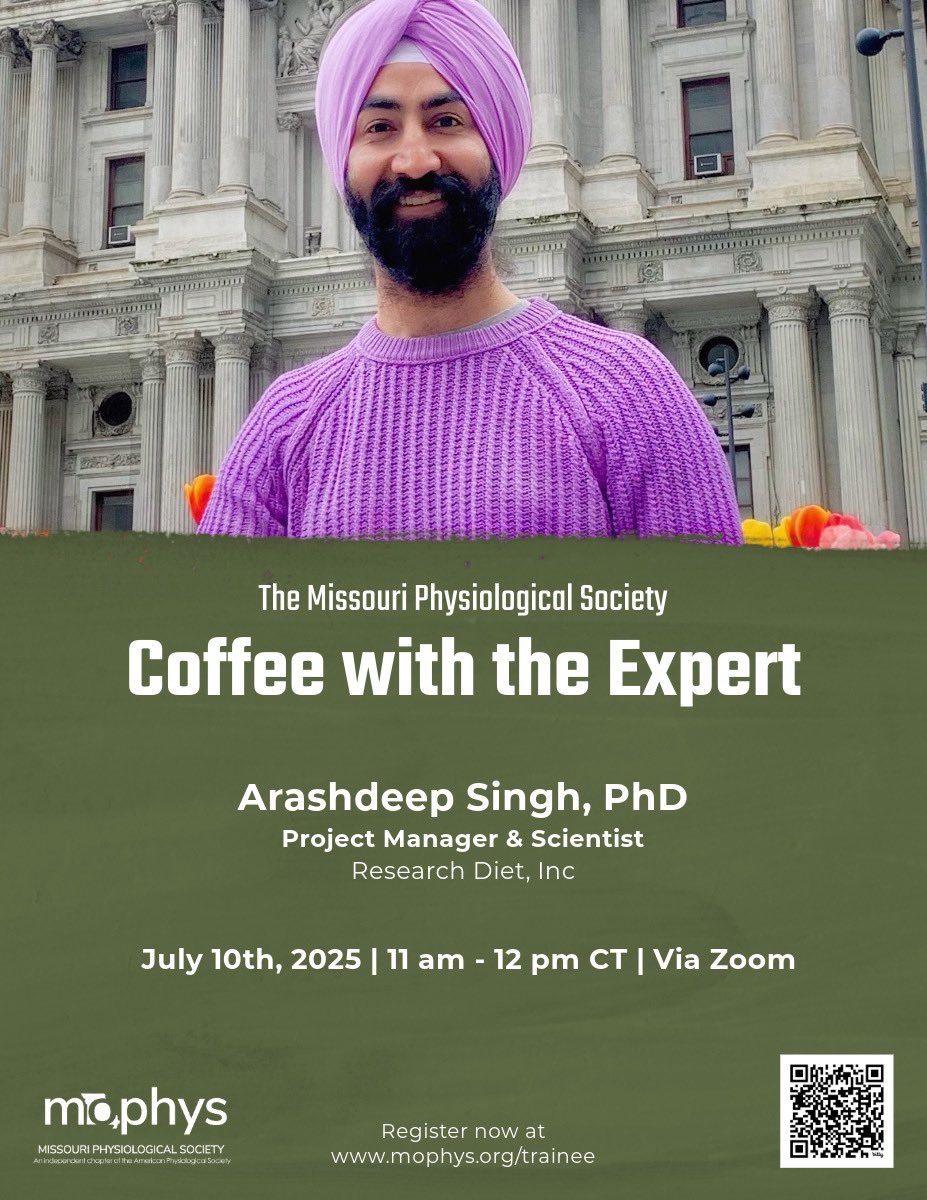
Yoko Brigitte Wang
@thehungryneuron
A wanderer studying the wandering nerve | @cboychuklab padawan | gut-heart-brain axis & nutrition | photographer | artist | 🇮🇩🇦🇺🇺🇸🇰🇷
"From my research on burnout, I knew the risk factors—long hours, poor boundaries, chronic stress. But I had completely ignored them creeping into my own life." #ScienceWorkingLife scim.ag/4mWoE3r
Congrats, Shun on getting this out! We are very excited about this story which shows experience dependent plasticity of the effective sign of GABA/glutamate co-releasing synapses. The process is related to rapid experience/action outcome dependent updating of dopamine signaling
Can synapses in the brain switch their signs between excitatory and inhibitory during learning🚦? Can they act more like weights in artificial neural networks, able to switch signs based on experience 🔃? Excited to share my thesis work in @blsabatini lab! 🧵 ⬇️ (1/13)
A novel method for reliably measuring miniature and spontaneous postsynaptic events in whole-cell patch clamp recordings in the central nervous system GUI, Matlab, and Python: github.com/dervinism/minis frontiersin.org/journals/cellu…
🚨Our @mo_phys Coffee with the Expert series is back this summer! 🚨 Join our first session with Dr. @SinghArashdeep - a project manager and scientist from @ResearchDiets on July 10th, 11am-12pm CDT via Zoom! Register here: bit.ly/mophysCoffeewi… @APSPhysiology

"This wasn’t about settling … it was about finding a space where I could thrive." This week's #ScienceWorkingLife. scim.ag/4b3k9yb
ICYMI, APS member Yoko Wang (@thehungryneuron) shared her mentorship experiences as a woman in science with the #ISpyPhysiology blog to celebrate 10 years of Women and Girls in Science: ow.ly/1UQn50UUkSN #WomenInScience #GirlsInSTEM #February11
Researchers in @ScienceAdvances have developed wireless, printable, optically controllable cardiac tissues. The tissue can modulate cardiac beating without invasive electrodes or genetic modifications. scim.ag/4jqBLYN
A new technology developed at MIT enables scientists to label proteins across millions of individual cells in fully intact 3D tissues with unprecedented speed, uniformity, and versatility. picower.mit.edu/news/mit-metho… #neuroscience @MITChemE @ScienceMIT @MIT_IMES @mitbrainandcog
Machine learning (ML) is revolutionizing genomics, but common pitfalls can lead to misleading results. Here's a thread on how to avoid them 🧵
"Research is messy. … Trying to protect students from that reality does them a disservice." On #InternationalDayOfEducation, take a look back at this #ScienceWorkingLife on teaching students about scientific failure. scim.ag/4joffQj
"... I ended up being reluctant to work with undergraduate researchers at all—until a new student helped me realize what is required to mentor undergraduates, and the rewards it can bring." #NationalMentoringMonth scim.ag/3Cp5C35
Wow! This is incredible: Resolving native GABAA receptor structures from the human brain nature.com/articles/s4158…
Over 1 billion people live with #obesity. There is an urgent need for a universal definition & diagnosis. 🆕 A @TheLancetEndo Commission introduces a new model with categories: clinical obesity (an illness) & pre-clinical obesity. This reframing identifies medically meaningful…
Thrilled to share our second paper in two days, published today in #NatureMetabolism! Yesterday, we explored food memory. Today, we reveal something entirely different: peripheral vagal circuits can induce a torpor-like state in mice. 🧵 tinyurl.com/4ythktyb
#BoychukLab
Can synapses in the brain switch their signs between excitatory and inhibitory during learning🚦? Can they act more like weights in artificial neural networks, able to switch signs based on experience 🔃? Excited to share my thesis work in @blsabatini lab! 🧵 ⬇️ (1/13)
Newly awarded literature laureate Han Kang’s work is characterised by this double exposure of pain, a correspondence between mental and physical torment with close connections to Eastern thinking. In Han Kang’s short story 에우로파 (2012; ‘Europa’, 2019), the male narrator,…
ONE microscopy not only allows 3D reconstructions of protein molecules but also reveals details in GABAA receptors that X-ray crystallography and cryo-EM missed, yet AlphaFold predicted. More here: nature.com/articles/s4158… @NatureBiotech. Our GABAA receptor work owes everything to…
Proteins can be described as brilliant chemical tools. They are generally built from 20 amino acids that can be combined in endless ways. Using the information stored in DNA as a blueprint, the amino acids are linked together in our cells to form long strings. Then the magic of…
Scientists have discovered key mechanisms in how neurons encode information on timescales that match learning. Published in @Nature today - Congratulations to @neuroanant, Yoshihisa Nakahata, @Ryohei_Neuro and the entire team! #BTSP #NeuroResearch mpfi.org/extended-timin…
#BoychukLab 2024 edition 🔥🚨🥸
Can synapses in the brain switch their signs between excitatory and inhibitory during learning🚦? Can they act more like weights in artificial neural networks, able to switch signs based on experience 🔃? Excited to share my thesis work in @blsabatini lab! 🧵 ⬇️ (1/13)